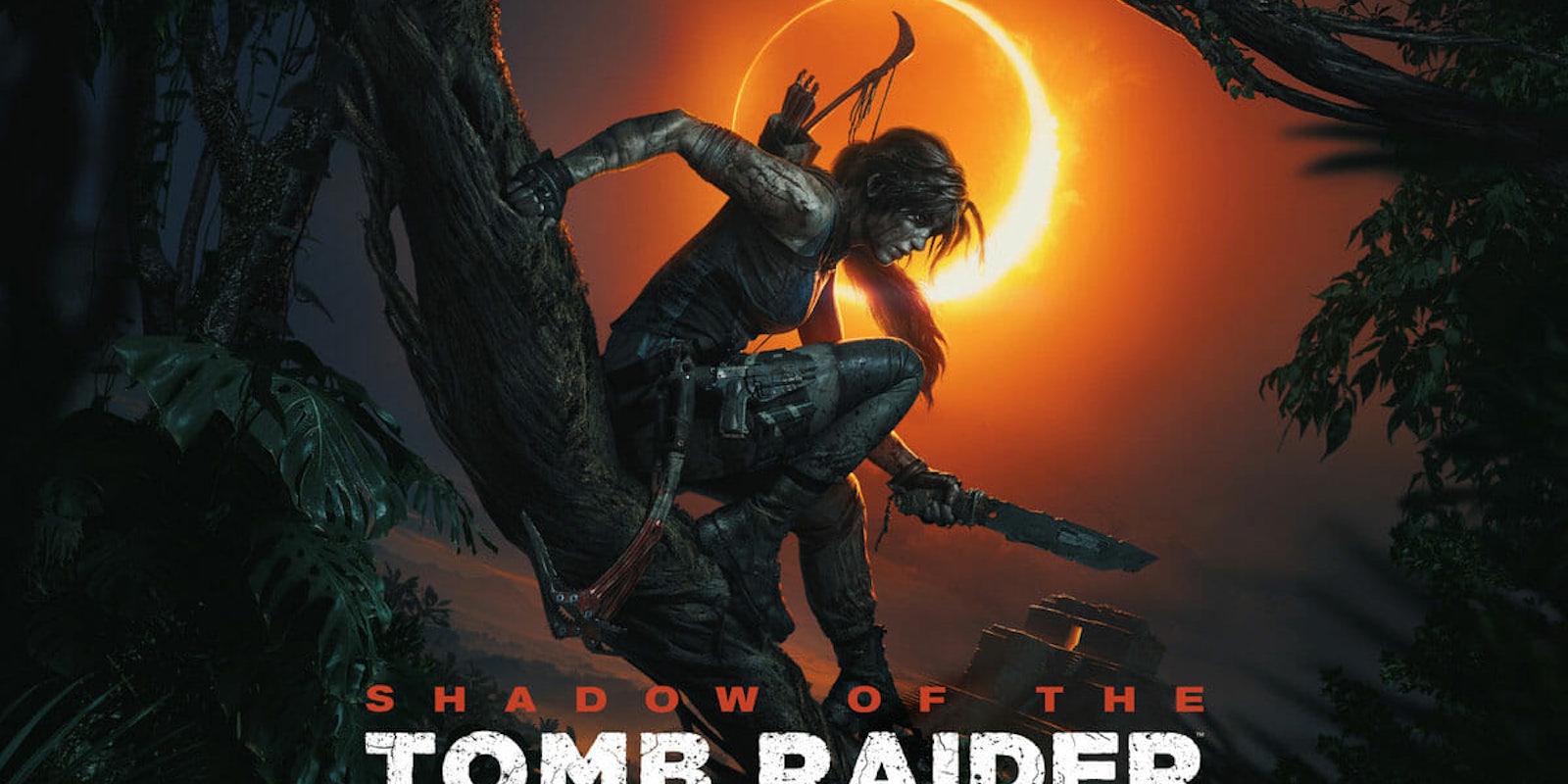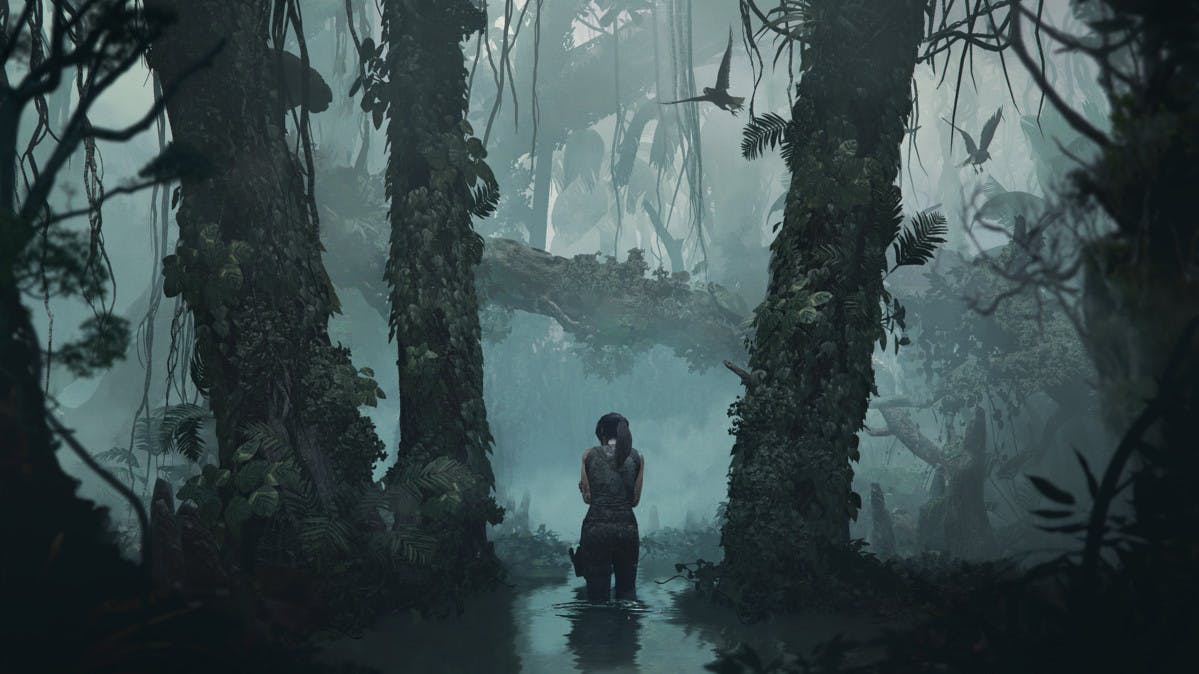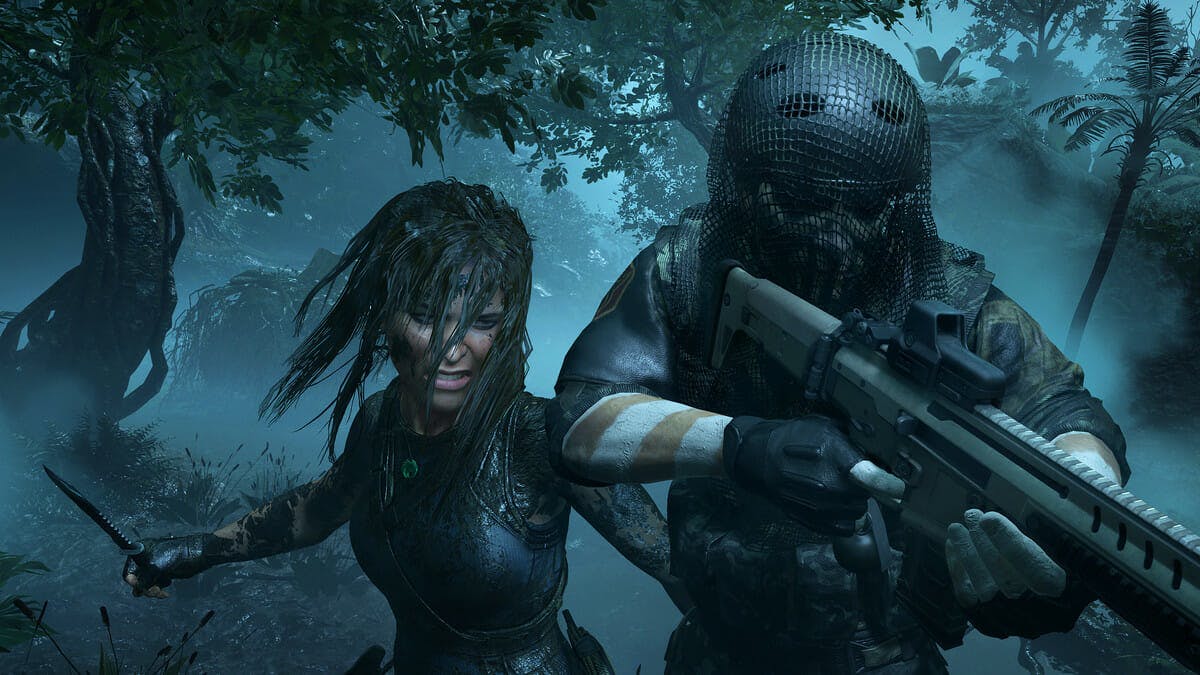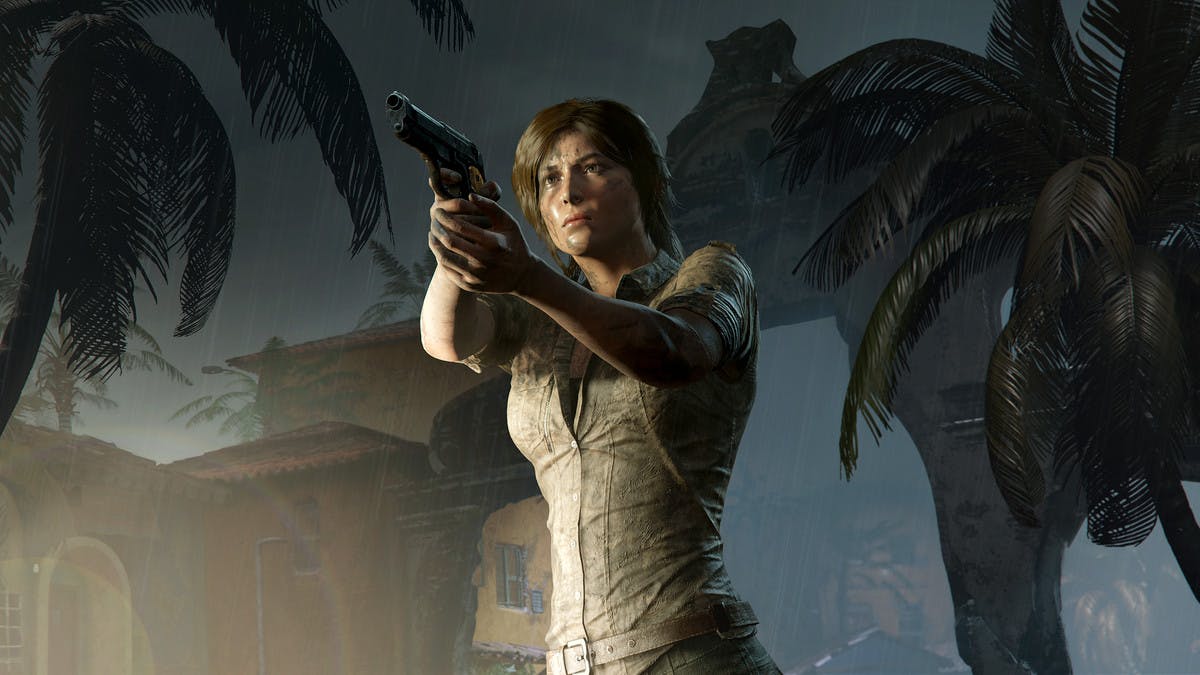How much does Lara Croft need to endure to become the Tomb Raider?
When Crystal Dynamics rebooted the iconic action series in 2013, the goal was to give gaming’s greatest heroine a gritty backstory. The first title arrived as a competent modernization of an aged formula. Lara’s personal history, coupled with well-realized exploration mechanics, easily made the case for more Tomb Raider.
Building on the reboot’s potential with excellent level design, more stealth elements, and deeper character progression, 2015’s Rise of the Tomb Raider was a real surprise. Finding hidden crypts and unlocking new gear made for a satisfying experience, even if the story buckled under some ridiculous tropes.
But if anything from this excellent now-trilogy hasn’t delivered, it would be that central story. The running theme of these games has been watching how Lara became a legend. Shadow of the Tomb Raider promises a satisfying conclusion to that mystery, and for the most part, it delivers.
Sure, the 20-hour story’s blend of Mission Impossible’s globe-trotting and Indiana Jones’ mythological conspiracies is a thrill to follow. But the tension of Lara’s personal journey isn’t what most compels me to play a Tomb Raider game in 2018. Shadow of the Tomb Raider tries to fix this by tying the narrative tension directly to Lara’s growth as a character. Following a vibrant Day of the Dead celebration in Mexico to open the story, the game begins with her failing to stop her adversaries from collecting an ancient relic—kicking off a Mayan apocalypse in the process.
Eidos Montreal, the studio known for its work on the recent Deus Ex games, assumed principal development duties this time around, with Crystal Dynamics providing support. While Shadow does play similarly to those previous games, it builds more on discovery and traversal. The open areas featured Shadow of the Tomb Raider’s Peruvian jungle are the series’ most dense in terms of things to do and see. In the past, hidden challenge tombs focusing on platforming puzzles were relegated to optional side quests. Especially in Rise, these grandiose sections were the most exciting part of the experience. Chambers like these have been brought to the forefront in Shadow, a choice that brilliantly ties the larger world together.
Open combat areas are far less frequent here than ever before. Most encounters prioritize stealth, encouraging you to hunt enemies one by one rather than starting a gunfight. For the most part, these segments are much better when played sneakily. The gunplay isn’t necessarily bad, but the creative ways Lara can take down enemies are fun to experiment with.
You can douse your skin in puddles of mud. You can camouflage yourself into a vine-tangled wall. Environmental hazards can distract or detain wandering foes. And thankfully, you can now engage enemies and slink back to cover. That unrestricted freedom to play with options remains consistent between traversal and combat, it is Shadow of the Tomb Raider’s greatest strength.
The depth of gameplay alterations supported in the game’s menus and various difficulty settings are a revelation. Puzzles, combat, and exploration are each given dedicated sliders, indicating how difficult different sections of the gameplay can be. In combat, higher difficulties will feature enemies that can spot Lara in hiding much easier as well as less ammunition. Lowering the exploration slider makes key objectives glow in the overworld. Puzzle cues, either spoken by Lara or highlighted by onscreen text, lose frequency as the level increases.
Being able to craft your own customized difficulty scale makes Shadow of the Tomb Raider feel suited to whoever happens to pick up the control. You can adjust and balance these modes as you play, ensuring the adventure never feels stale or obtuse.
In an era where brutal mechanics and unforgiving difficulty are used to sell games, so many options for accessibility is a welcome relief. On top of toggling the need to hold a trigger to aim, players can choose the level of input needed to crank levers, turn wheels, or solve other environmental puzzles. None of these prompts are intrusive, but they remain readily available should you need them.
Exploring ancient ruins and climbing steep obstacles is involved and exciting, offering you the freedom to rappel, dive, and swing from diverse vistas. Where “cinematic” games (your Uncharted and God of Wars) beg you to marvel at explosive set pieces, Tomb Raider is happy to let players direct the most exciting action. Watching Lara pull off these death-defying stunts, you get the sense that she’s always been this legendary adventurer. But the story allows her character to grow in surprising ways, offering some definitive answers to the arc fans have followed for the past five years.
Open-ended mechanics and a suite of customization options make Shadow of the Tomb Raider an absolute joy to play. Keeping with tradition, players control Lara’s skills and equipment, progressing throughout the story. As Lara journeyed further into the South American jungle, I grew more attuned to her adventurous instincts. This freedom in combat and crafting systems coupled with overall accessibility should set a new standard for big-budget action games.
Score: 4/5
This review was written based on an Xbox One copy of the game provided by the publisher. Shadow of the Tomb Raider lands on PC, PS4, and Xbox One on Friday, Sept. 14.





